Keys to history This model of kayak was undoubtedly made to be sold as a souvenir to European tourists, but the craftsman took great care to reproduce the characteristic shape of the kayak used by the Inuit of Nunavik. The model includes all the equipment necessary for the Inuk hunter, including a double-paddle paddle, a bird spear, a harpoon to catch larger animals such as seals and belugas, as well as a float that prevented game from sinking at the bottom of the water. The kayak was probably the first major piece of equipment a hunter had to procure, and this was only possible with great effort. The hunter first had to kill four to five bearded seals to make the casing for the kayak, and gather enough wood to build the frame. The women took care of preparing the skins and sewing the envelope on the frame, tasks which required a day or more of work carried out by five to eight women. An Inuk who owned a kayak could hunt more efficiently because he was no longer limited to hunting seals on the edge of the pack ice. He could also go to the islands to hunt walrus. Skillful hunters ended up gathering enough skins to make a tent and a family boat called umiaq.
Here is the model of a kayak made of a skin envelope covering a wooden frame. Attached to the deck, the equipment necessary for hunting includes a harpoon, a bird lance, a trident and a float.
This reduced moderates comes from the Ungava bay region in Nunavik, in northern Quebec, in Canada.
This model kayak was probably manufactured between 1900 and 1925.



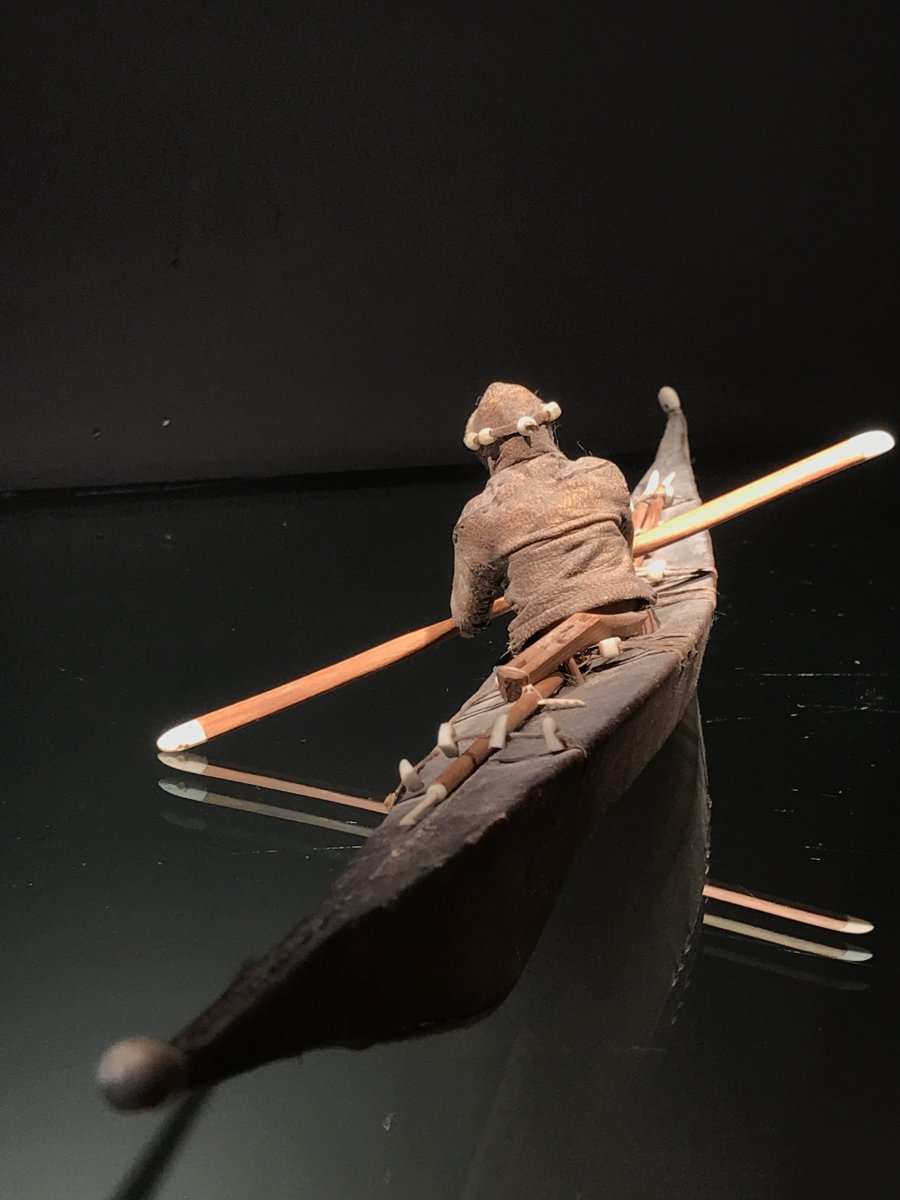




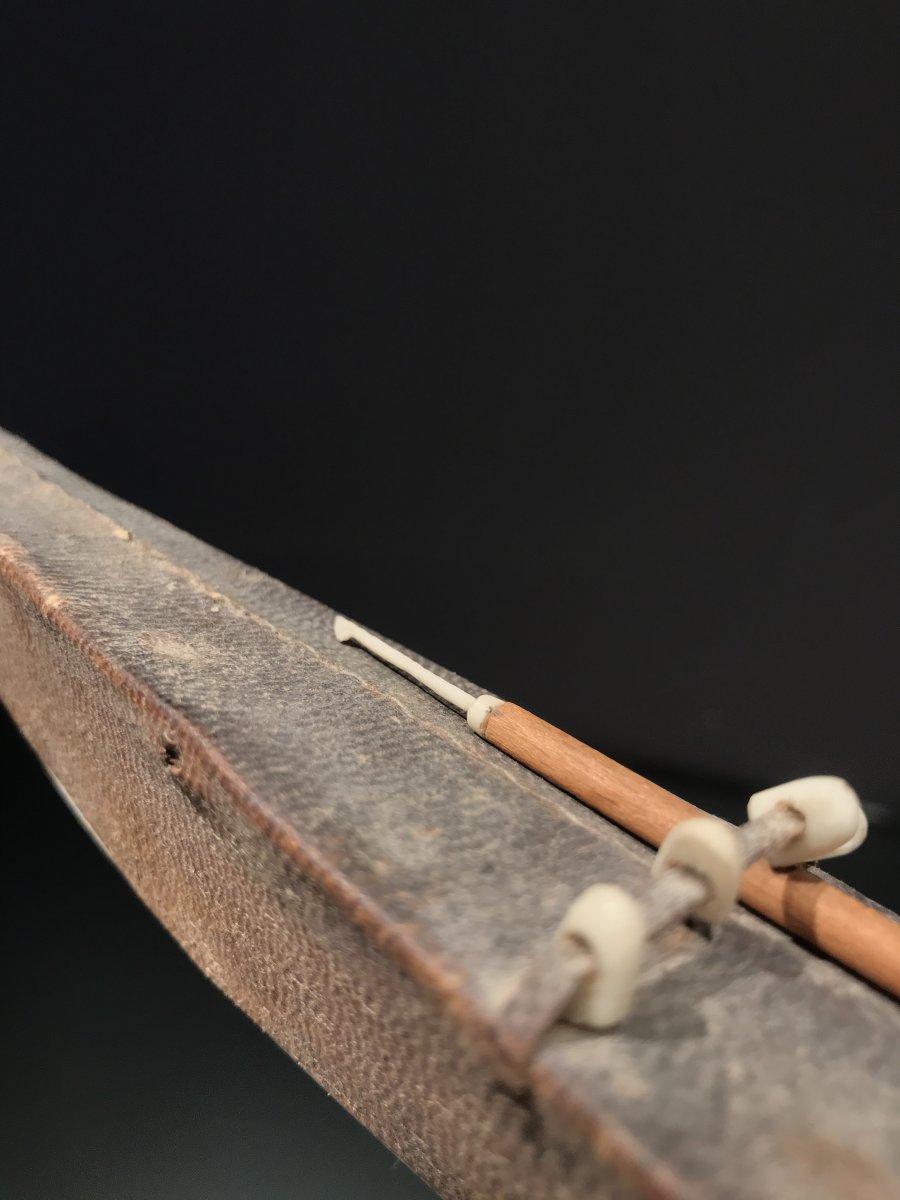

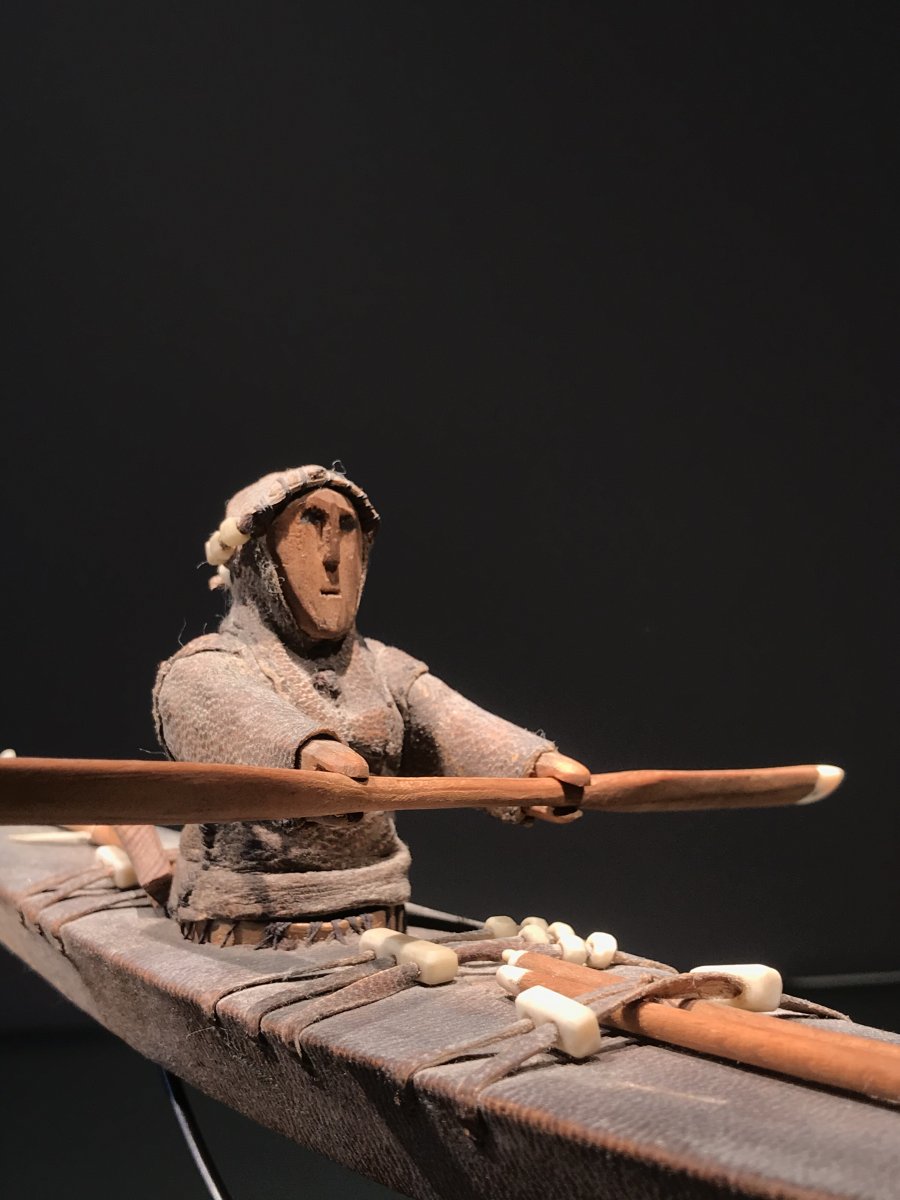

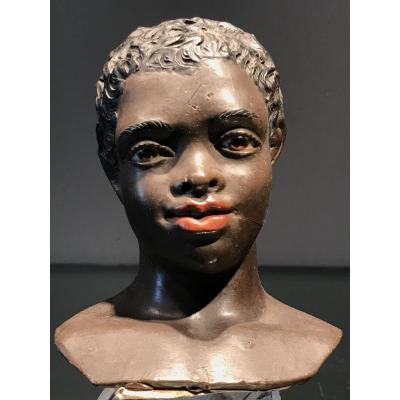
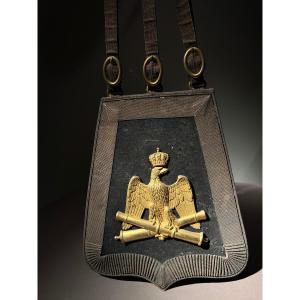
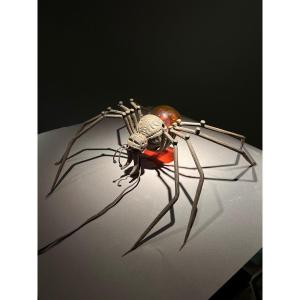
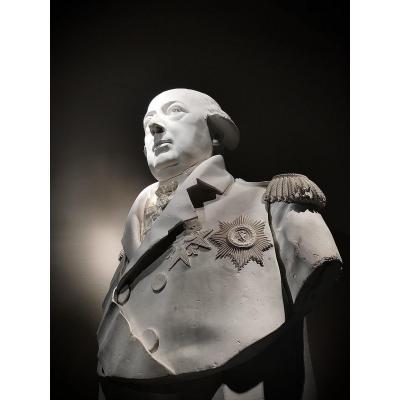
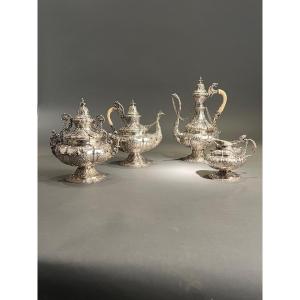









 Le Magazine de PROANTIC
Le Magazine de PROANTIC TRÉSORS Magazine
TRÉSORS Magazine Rivista Artiquariato
Rivista Artiquariato
